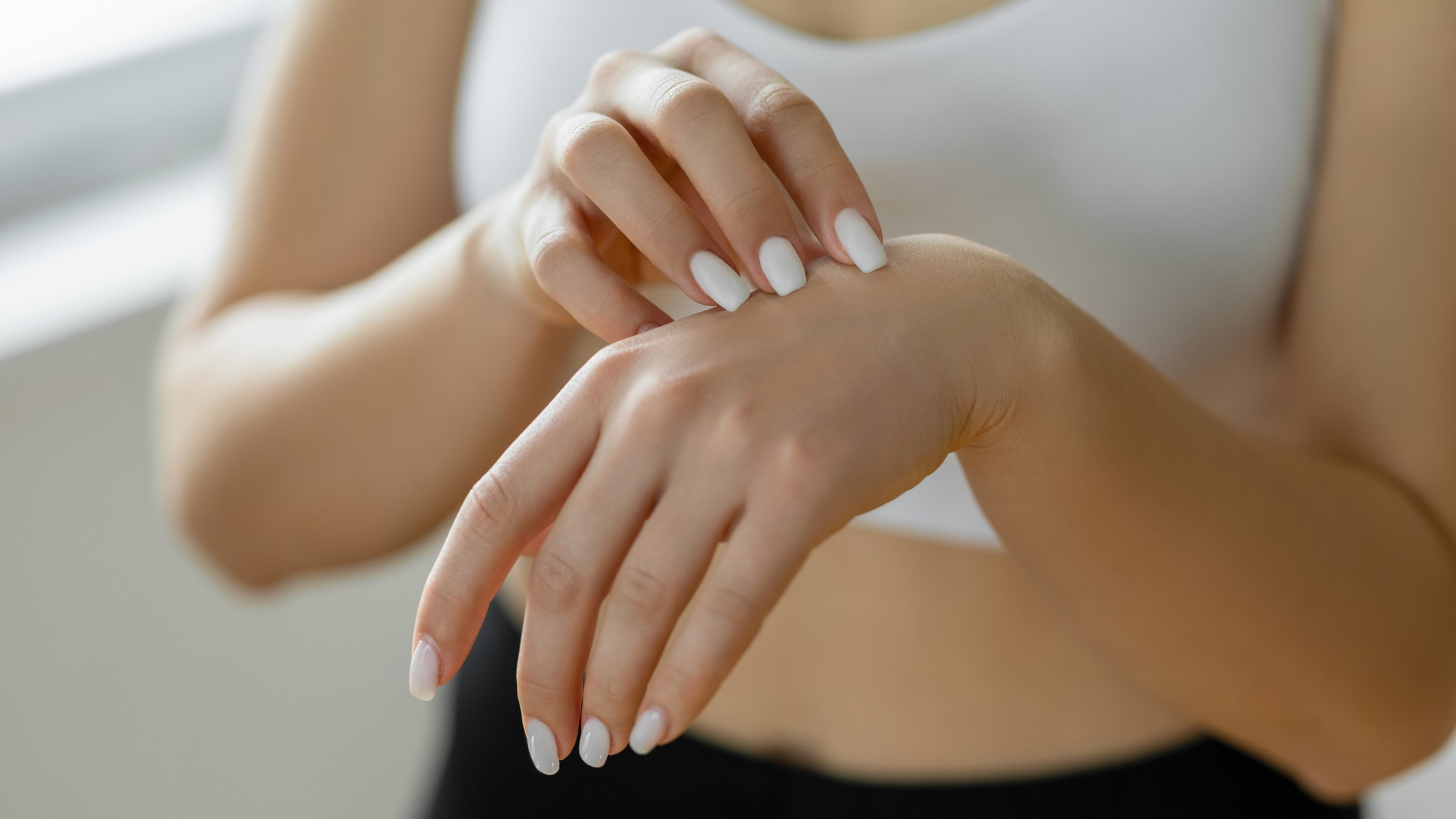Is your sports watch giving you a rash? Here's how to deal with it
Don't worry, you don't have to stop wearing it and miss out on all those wonderful workout stats

Sports watches work best when you wear them all the time, allowing them to gather data not only during workouts, but also while you're resting, recovering, and even sleeping. Doing so gives you a much fuller picture of your health and fitness, but what happens if your wrist decides it doesn't like your watch anymore? Do you have to give up your stats for the sake of your skin?
Thankfully the answer is probably no, and there are steps you can take to make your skin happier again. But first, what exactly is the rash, and why does it happen?
According to Forefront Dermatology, a network of 250 board-certified dermatologists across 25 US states, the irritation is contact dermatitis, which is an inflammation that happens when your skin comes into contact with something it doesn't like. That might be an allergen, an irritant (like detergent), or just from friction.
Nickel allergies
If you know you have a nickel allergy, or you've had bad reactions to watches or jewelry in the past, there's a chance this might be the culprit. Most sports watches use metals that are generally considered hypoallergenic, but they can include traces of nickel that could be an issue if you're particularly sensitive.
For example, Garmin states that "The metal found on the buckle and watch body of many Garmin watches complies with applicable international safety standards for skin contact, while still achieving a high level of corrosion resistance."
Apple says that watches with stainless steel and aluminum components all contain some nickel. "However, they all fall below the strict nickel restrictions set by the European REACH regulation. Therefore, while nickel exposure is unlikely to be a problem, you should be aware of the possibility in case you're susceptible to nickel-related reactions."
If you're not sure about the nickel content of your particular watch, drop the company a line via email or social media and they should be happy to help.
Advnture Newsletter
All the latest inspiration, tips and guides to help you plan your next Advnture!

Keep it clean
What else might be upsetting your skin? Well, if you're wearing your watch regularly, it might simply be dirty. It's not too nice to think about, but the case and strap get exposed to all sorts of grime and lots of sweat, so they need cleaning occasionally.
The vast majority of modern sports watches are water-resistant to at least five meters, and should easily handle gentle cleaning. You shouldn't lather it up (using soap or detergents can cause corrosion) but a little water is usually fine.
Garmin recommends thoroughly rinsing and drying your device after working out, swimming, or showering. Once it's clean, let it dry thoroughly before strapping it back on. There are specific care instructions for cleaning bands made from different materials.
If you have an Apple Watch, the company recommends wiping it with a damp, lint-free cloth to get rid of everyday grime. If it's particularly mucky, you can give it a rinse under "lightly running, warm, fresh water". Once that'd done, dry it with a clean lint-free cloth.
Coros gives very detailed cleaning instructions for its watched and bands. Owners are advised to clean their watch at least weekly, but preferably daily, rinsing it under warm running water for at least a minute while pressing its buttons and spinning the dial to remove debris. It there's any dirt in nooks and crannies, you can remove it with a soft-bristled toothbrush. Once you're done, dry the watch thoroughly with a paper towel or cloth.
Try a new strap
If you're experiencing a rash under your watch band rather than the body, it might be time to try a different strap. Most sports watches come with silicone bands, which are easy to clean, but not breathable. If yours is bothering you, switching to a woven nylon band may solve the problem.
Give it a rest
If your watch is too tight, it may be rubbing or skin or creating sweat that can't evaporate. Try wearing your watch on a slightly looser fastening, particularly while you're not working out.
Whatever the cause of the irritation, it's worth switching your watch to the other wrist for a while to give your skin a chance to heal and recover. There's usually an option in the mobile app that allows you to specify whether you're wearing it on your left or right wrist.
- The best GPS watches: all the latest models tested and rated

Cat is Homes Editor at TechRadar and former editor of Advnture. She's been a journalist for 15 years, and cut her teeth on magazines before moving online. She helps readers choose the right tech for their home, get the best deals, and do more with their new devices.
